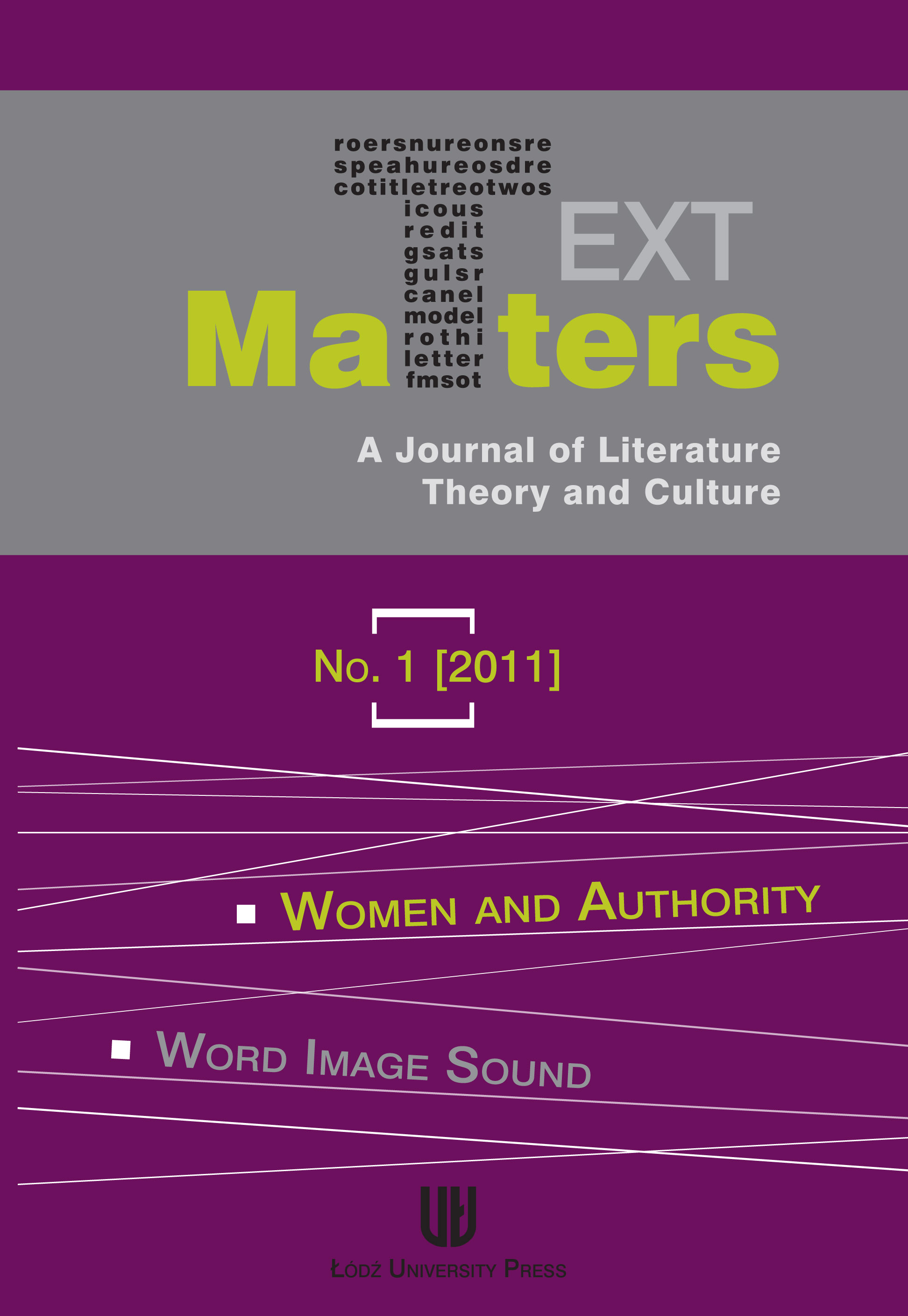The Hidden Gaze of the Other in Michael Haneke’s Hidden
DOI:
https://doi.org/10.2478/v10231-011-0017-4Abstract
In his 2005 French production Hidden (Caché), Michael Haneke continues disturbing his audience with poignant and stirring images. When Georges and Anne Laurent keep finding on their doorstep videotapes showing the exterior of their house filmed with a hidden camera, they do not realize that trying to trace the identity of the photographer will lead Georges back to his deeply concealed childhood atrocity and gravely affect their present life. With Hidden, Haneke presents a provocative case of Freudian return of the repressed and probes the uncertain grounding and pretentiousness of French national self-importance.
The article attempts an analysis of Hidden from two interconnected perspectives, provided by the use of the Lacanian category of the gaze in relation to film studies and by the application of certain categories derived from post-colonial theory (voiced here by Homi Bhabha). The discussion ventures to demonstrate that the camera-eye "hidden" in its impossible position can be interpreted as a gaze imagined by Georges in the field of the Other. The voyeuristic act of filming also suggests the question of colonial surveillance, which relates to the racial issue underlying the conflict repressed by Georges. Haneke investigates the way in which the symbolic power bestowed on the authority of the French state facilitates discrimination. Georges, a model representative of the civil/civilized society, is shown as rent by primal fears of imaginary savage "terror," desperately trying to fortify his dominion against Algerian aggressors who are otherwise a necessary part of the structure.
Downloads
References
Bhabha, Homi K. The Location of Culture. London: Routledge 1990.
Google Scholar
Face "Caché" [Documentary on the making of Caché]. Dir. Yves Montmayeur. Perf. Michael Haneke. Hidden. DVD.
Google Scholar
Funny Games. Dir. Michael Haneke. Artificial Eye 1997. DVD.
Google Scholar
Hidden (Caché). Dir. Michael Haneke. Artificial Eye 2006. DVD.
Google Scholar
McGowan, Todd. The Real Gaze: Film Theory after Lacan. New York: State University of New York Press 2008.
Google Scholar
Lacan, Jacques. "Of the Gaze as Objet Petit a." The Four Fundamental Concepts of Psycho-Analysis. Trans. Alan Sheridan. New York: Norton 1981. 67-122.
Google Scholar
Lost, Highway. Dir. David Lynch. Universal Studios 1997. DVD.
Google Scholar
Thomas, Jonathan. "Michael Haneke's New(s) Images." Art Journal 67.3 (2008). Questia. 22 Dec 2009.
Google Scholar
Wood, Robin. "Hidden in Plain Sight: Robin Wood on Michael Haneke's Caché." Artforum International 44.5 (2006). Questia. 22 Dec 2009.
Google Scholar
Yacowar, Maurice. "Caché and the Private/public Secret." Queen's Quarterly 113.2 (2006). Questia. 22 Dec 2009
Google Scholar
Downloads
Published
How to Cite
Issue
Section
License

This work is licensed under a Creative Commons Attribution-NonCommercial-NoDerivatives 4.0 International License.













